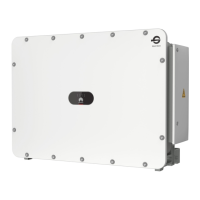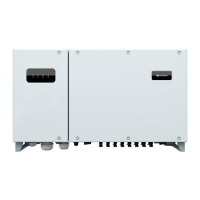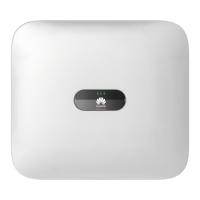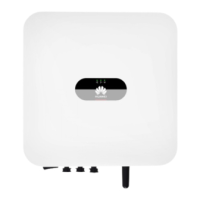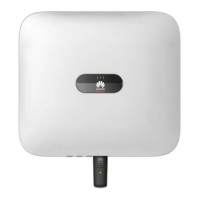The grid voltage is beyond the
allowable range. The possible
causes are as follows:
Reason ID = 1 to 6
The grid A, B, or C phase
voltage is less than the
allowable range.
Reason ID = 13 to 18
The grid A, B, or C phase
voltage is higher than the
allowable range.
Reason ID = 26
The grid voltage is higher
than the allowable range.
Reason ID = 27 or 28
The grid voltage difference
of the three phases is large.
Reason ID = 29
The grid has a power
outage, or the AC line or
the AC circuit breaker is
disconnected.
Reason ID = 1 to 6
1. If the alarm occurs accidentally,
possibly the power grid is
abnormal accidentally. The
SUN2000 automatically recovers
to the normal operating status
after the fault is rectified.
2. If the alarm occurs repeatedly,
check whether the grid voltage is
within the allowable range. If no,
contact the local power operator.
If yes, change the grid
overvoltage and undervoltage
protection points on the
SUN2000 APP, data collector, or
NMS after obtaining approval
from the local power operator.
3. If the alarm persists for a long
time, check the AC circuit
breaker and output cables of the
SUN2000.
Reason ID = 13 to 18, or 26
1. Check whether the grid-tie point
voltage is too high. If it is,
contact your local power
operator.
2. If the grid-tie point voltage is
higher than the allowable range,
change the overvoltage and
undervoltage protection points
after obtaining approval from the
local power operator.
3. Check whether the grid voltage
peak is too high.
Reason ID = 27 or 28
1. The SUN2000 monitors its
external working conditions in
real time and automatically
recovers to the normal operating
status after the fault is rectified.
2. If the alarm occurs repeatedly
and affects the normal power
generation of the power station,
contact the local power operator.
Reason ID = 29
1. Check whether the AC voltage is
normal.
2. Check whether the AC line or
circuit breaker is disconnected.
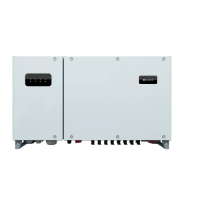
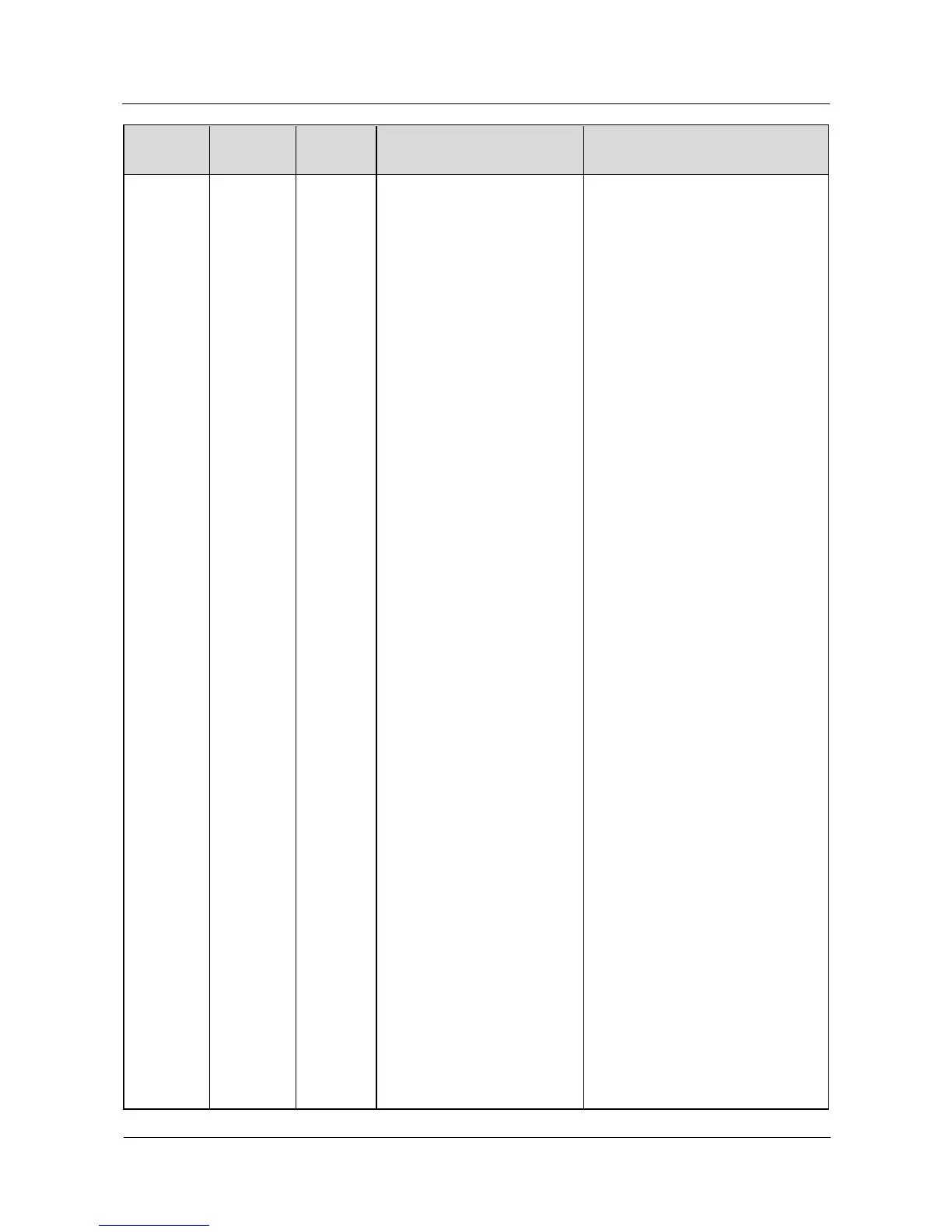